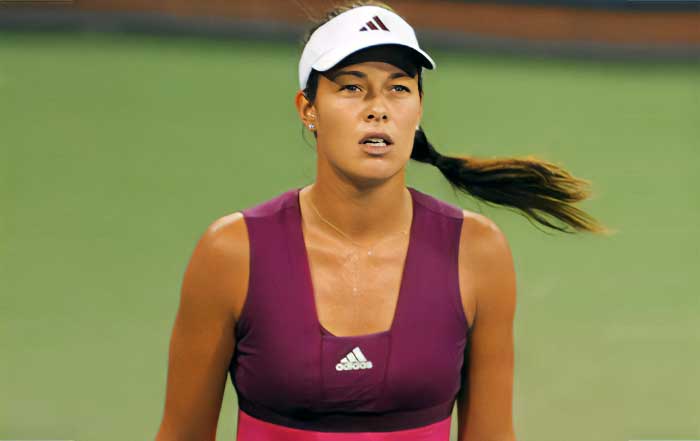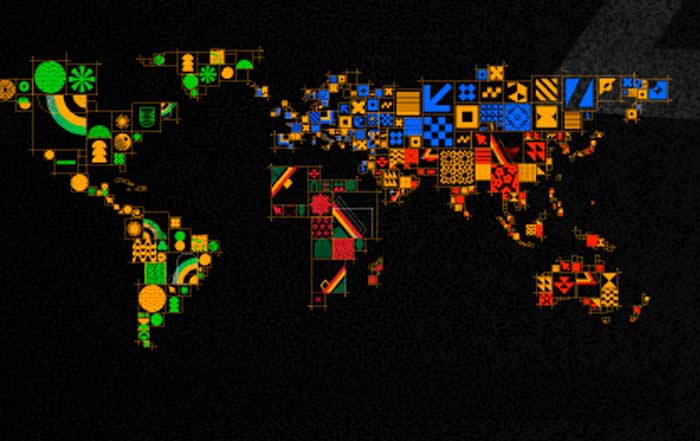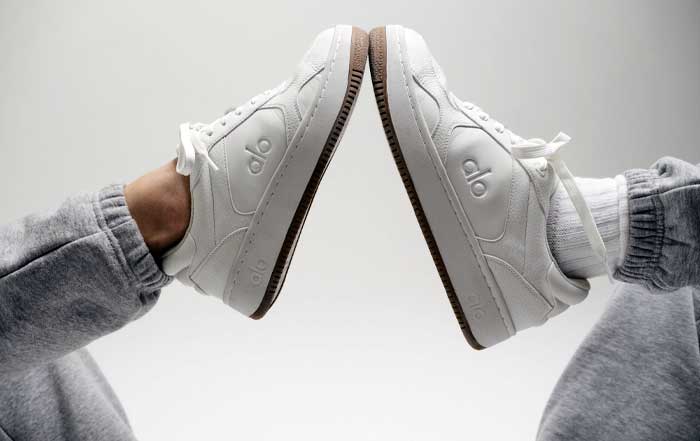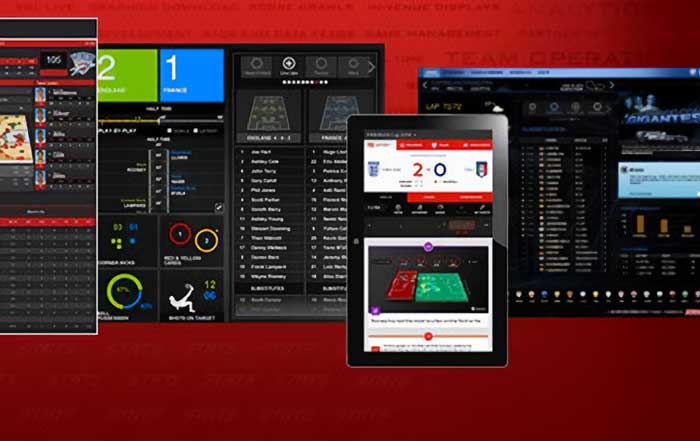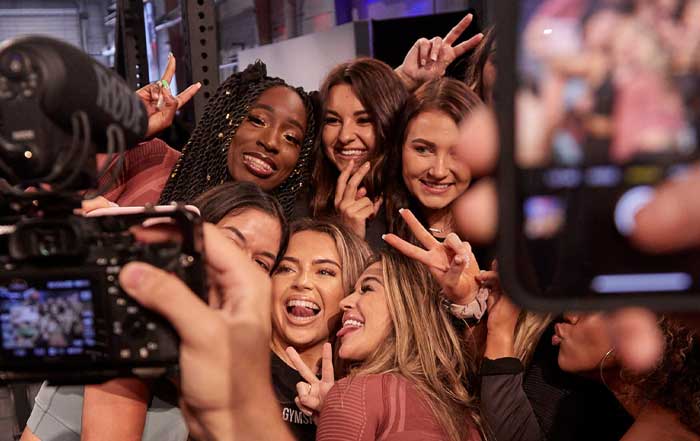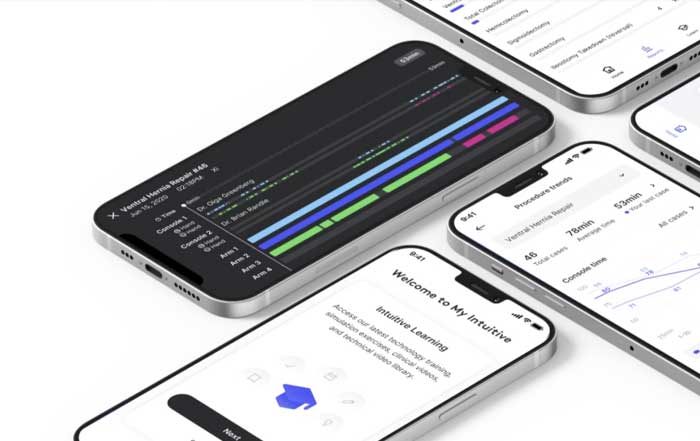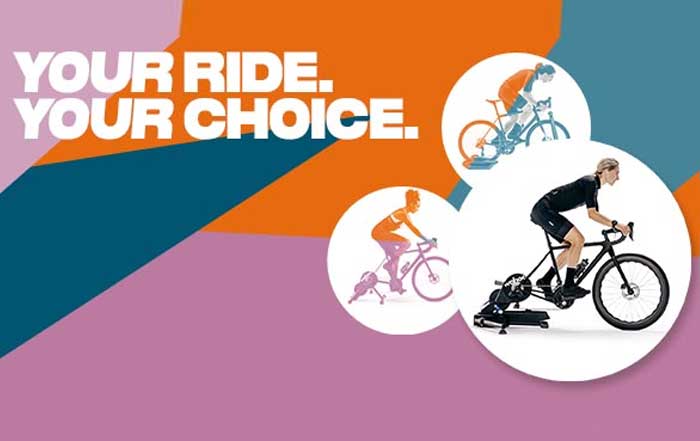The global sportswear and equipment industry stands at a pivotal juncture in 2024, influenced profoundly by the intricacies of international trade. As nations become more interconnected, trade policies, economic shifts, and evolving consumer behaviors collectively shape the dynamics of this vibrant sector. This analysis examines the multifaceted impact of global trade on the sportswear and equipment industry, delving into current sports trends, economic influences, policy implications, and future projections that will likely steer the market in the coming years.
The Current Landscape of Global Trade
In the year 2024, the sportswear and equipment industry is experiencing significant growth, underpinned by a surge in consumer interest in health, fitness, and recreational activities. The global sportswear market is projected to escalate from approximately $211.57 billion to an impressive $298.06 billion by 2032, reflecting a compound annual growth rate (CAGR) of about 4.38% during this period. Similarly, the sports equipment market is anticipated to expand from $374.2 billion in 2023 to nearly $991.8 billion by 2034, achieving a CAGR of 9.5% from 2024 onwards.
These robust figures are not merely statistical representations but indicators of a broader global movement towards active lifestyles and wellness. The heightened demand is fueled by a diverse demographic embracing fitness, from millennials engaging in gym culture to older generations participating in low-impact sports. This widespread engagement underscores the importance of understanding the underlying factors driving market growth and how global trade facilitates or hinders this expansion.
Economic Growth and Its Effects on Sportswear Demand
Economic prosperity is a significant catalyst for increased consumer spending on sportswear and equipment. Regions experiencing economic growth often see a corresponding rise in disposable income, which consumers may allocate towards leisure and fitness activities. For instance, Europe anticipates modest growth rates between 1% and 3%, whereas China expects a more robust increase of 4% to 6%. These economic conditions create fertile ground for the sportswear industry to flourish.
The correlation between economic growth and sportswear demand is multifaceted. In burgeoning economies, urbanization leads to lifestyle changes where fitness becomes a part of daily routines. Younger populations, in particular, are gravitating towards health consciousness, propelling the demand for stylish and functional athletic apparel. Brands are capitalizing on this trend by offering products that blend performance with fashion, catering to consumers who value both aesthetics and utility.
Moreover, the athleisure trend—where sportswear transcends the gym to become acceptable casual wear—has gained significant traction. This shift has expanded the market beyond traditional athletic consumers to include those seeking comfort and style in everyday clothing. The economic upturn in various regions amplifies this trend, as consumers with higher disposable incomes are more inclined to purchase premium sportswear products.
The Role of Global Trade Policies
Global trade policies are instrumental in shaping the production, distribution, and pricing strategies within the sportswear and equipment industry. Tariffs, trade agreements, and regulatory standards directly impact how companies operate internationally. High tariffs on imported raw materials or finished goods can inflate production costs, compelling manufacturers to seek cost-effective alternatives.
Trade agreements between nations can either facilitate or hinder market access. For example, free trade agreements may eliminate tariffs, making it more economical for companies to import materials or export finished products. Conversely, protectionist policies can impose barriers that necessitate strategic adjustments. Manufacturers might relocate production facilities to countries with favorable trade agreements or lower labor costs to maintain competitiveness.
The supply chain is profoundly affected by these policies. Countries like Vietnam, Bangladesh, and Indonesia have become prominent manufacturing hubs due to their competitive labor markets and advantageous trade positions. However, this global shift in manufacturing locations raises concerns about labor practices, quality control, and the environmental impact, prompting companies to navigate a complex web of ethical and regulatory considerations.
Sustainability Trends Influenced by Trade Regulations
Sustainability has emerged as a critical focus within the sportswear industry, influenced significantly by global trade regulations that encourage or mandate eco-friendly practices. Environmental concerns are prompting governments to implement policies that promote sustainable manufacturing, such as imposing stricter emissions standards or offering incentives for using recycled materials.
Brands are increasingly adopting sustainable materials like organic cotton, recycled polyester, and innovative fabrics made from renewable resources. Trade regulations that favor environmentally responsible practices can enhance a company's ability to compete in markets where consumers prioritize sustainability. For instance, European Union regulations emphasize reducing carbon footprints, pushing companies to adopt greener manufacturing processes to access these markets.
Consumer demand for sustainable products is also shaping industry practices. As awareness of environmental issues grows, customers are scrutinizing the ecological impact of their purchases. Brands that demonstrate a commitment to sustainability not only comply with regulations but also build stronger relationships with consumers who value corporate social responsibility.
Technological Integration and Innovation
The integration of technology into sportswear and equipment is revolutionizing the industry. Innovations such as smart textiles embedded with sensors, wearable technology that tracks biometric data, and materials engineered for enhanced performance are becoming increasingly prevalent. These advancements are often the result of international collaborations and rely on global trade for the exchange of ideas, components, and finished products.
Smart textiles, for instance, incorporate technology to monitor heart rate, body temperature, and movement, providing real-time feedback to athletes. The development and production of these products often involve cross-border partnerships between tech companies and apparel manufacturers. Trade policies that facilitate the import and export of technological components are essential to this collaborative innovation.
E-commerce has also transformed consumer access to sportswear and equipment. The rise of online retail platforms enables brands to reach a global audience, breaking down traditional geographic barriers. Companies are investing in robust digital infrastructures to support online sales, which have become increasingly important, especially in regions where physical retail is limited. The convenience of online shopping, coupled with targeted digital marketing, has made e-commerce a critical component of industry growth.
Shifts in Consumer Behavior
Consumer behavior is in a state of flux, influenced by economic factors, technological advancements, and cultural shifts. The proliferation of social media platforms has empowered consumers to interact directly with brands, share experiences, and influence purchasing decisions through reviews and endorsements. This direct line of communication has heightened the importance of brand image and customer engagement.
Influencer marketing has become a potent tool in the sportswear industry. Brands collaborate with athletes, celebrities, and social media personalities to promote products, leveraging their followers to reach wider audiences. However, this strategy requires careful navigation to ensure authenticity and maintain consumer trust.
Economic pressures, such as inflation and economic uncertainty, have made consumers more price-sensitive. Value-based purchasing decisions are becoming more common, with shoppers seeking quality products at reasonable prices. Brands are responding by offering a range of products across different price points, implementing promotional strategies, and emphasizing the value proposition of their offerings.
Sportswear Industry Growth Projections
Regional Market Insights
Understanding regional market nuances is essential for brands operating in the global sportswear and equipment industry. Each region presents unique opportunities and challenges shaped by cultural preferences, economic conditions, and regulatory environments.
North America remains a dominant force, with a substantial share of the global market attributed to advanced retail infrastructure, high consumer spending, and a strong culture of fitness and sports participation. The United States, in particular, boasts a mature market with consumers who are early adopters of new trends and technologies.
Asia-Pacific is emerging as a significant growth driver, propelled by increasing urbanization, rising disposable incomes, and a growing middle class. Countries like China and India are experiencing a surge in sports participation and fitness awareness. The youth demographic in these regions is particularly influential, with a keen interest in global brands and trends.
Europe presents a diverse market with varying preferences across countries. Western Europe tends to favor high-quality, premium products, while Eastern Europe is more price-sensitive. The emphasis on sustainability is strong in European markets, with consumers often favoring brands that demonstrate environmental responsibility.
Latin America and Africa offer untapped potential, albeit with challenges such as economic instability and limited infrastructure. Brands venturing into these markets must tailor their strategies to accommodate local conditions, including adjusting price points and distribution channels.
Future Projections: Looking Beyond 2024
As the sportswear and equipment industry looks beyond 2024, several key trends are poised to shape its trajectory:
Sustained Market Growth: The global market is expected to continue expanding as health and fitness remain central to consumer lifestyles. Emerging markets will contribute significantly to this growth, offering new customer bases for brands to engage.
Enhanced Focus on Sustainability: Environmental concerns will drive the industry towards more sustainable practices. Innovations in eco-friendly materials, circular economy models, and transparent supply chains will become increasingly important.
Technological Advancements: The fusion of technology and sportswear will deepen, with advancements in wearable tech, augmented reality (AR), and virtual reality (VR) enhancing consumer experiences. Personalization through data analytics will allow brands to offer customized products.
E-commerce Evolution: Online retail will continue to grow, with developments in logistics, payment systems, and digital marketing enhancing accessibility. Brands will need to optimize their online presence and leverage data to understand consumer behaviors better.
Adaptation to Consumer Diversity: Recognizing the diverse needs of consumers, brands will expand offerings to include inclusive sizing, adaptive sportswear for individuals with disabilities, and culturally specific designs. This inclusivity will be essential for global market penetration.
Regulatory Compliance and Ethical Practices: Compliance with international trade regulations and adherence to ethical labor practices will be crucial. Brands will need to ensure that their global operations meet regulatory standards to avoid legal repercussions and reputational damage.
Strategies for Brands Navigating the Global Market
To thrive in the evolving global landscape, sportswear and equipment brands should consider the following strategic approaches:
Invest in Innovation: Continuous investment in research and development will enable brands to stay ahead of technological trends. Collaborations with tech companies and startups can foster innovation.
Embrace Sustainability: Integrating sustainability into the core business strategy will not only meet regulatory requirements but also resonate with environmentally conscious consumers.
Strengthen Digital Platforms: Enhancing e-commerce capabilities and leveraging digital marketing will be essential. Brands should focus on creating seamless online shopping experiences and engaging content.
Localize Strategies: Tailoring products and marketing strategies to local cultures and preferences can enhance market penetration. Understanding regional nuances is critical for success.
Enhance Supply Chain Resilience: Diversifying supply chains and investing in logistics can mitigate risks associated with global trade uncertainties.
Prioritize Customer Engagement: Building strong relationships with consumers through personalized experiences, loyalty programs, and responsive customer service can foster brand loyalty.
Sustainable Fitness Clothing should surge in 2025
Global trade plays a pivotal role in shaping the sportswear and equipment industry, influencing everything from production and distribution to consumer access and brand strategies. In 2024, the industry is at a crossroads where economic growth, technological advancements, sustainability concerns, and shifting consumer behaviors intersect.
Brands operating in this space must navigate a complex global environment, balancing the opportunities presented by emerging markets and technological innovations with the challenges posed by trade regulations and ethical considerations. Success will hinge on agility, innovation, and a deep understanding of the multifaceted factors influencing the market.
As the world becomes increasingly interconnected, the sportswear and equipment industry must adapt to the ever-changing landscape of global trade. By embracing sustainability, leveraging technology, and engaging with consumers on a deeper level, brands can position themselves for continued growth and relevance in the years to come. For further insights into global trade policies affecting the sportswear industry, readers may refer to resources such as World Trade Organization, International Trade Centre, and World Customs Organization.

